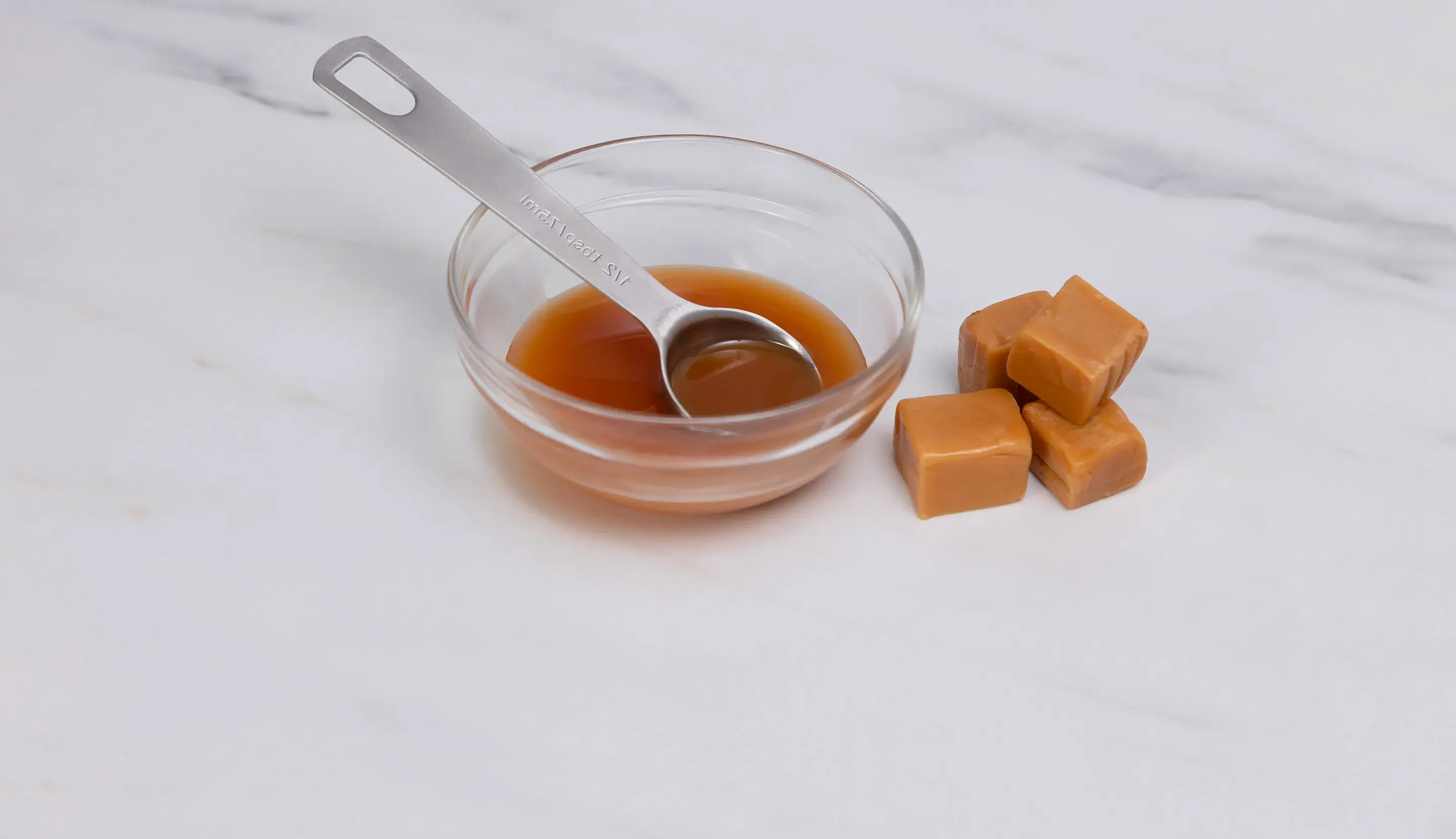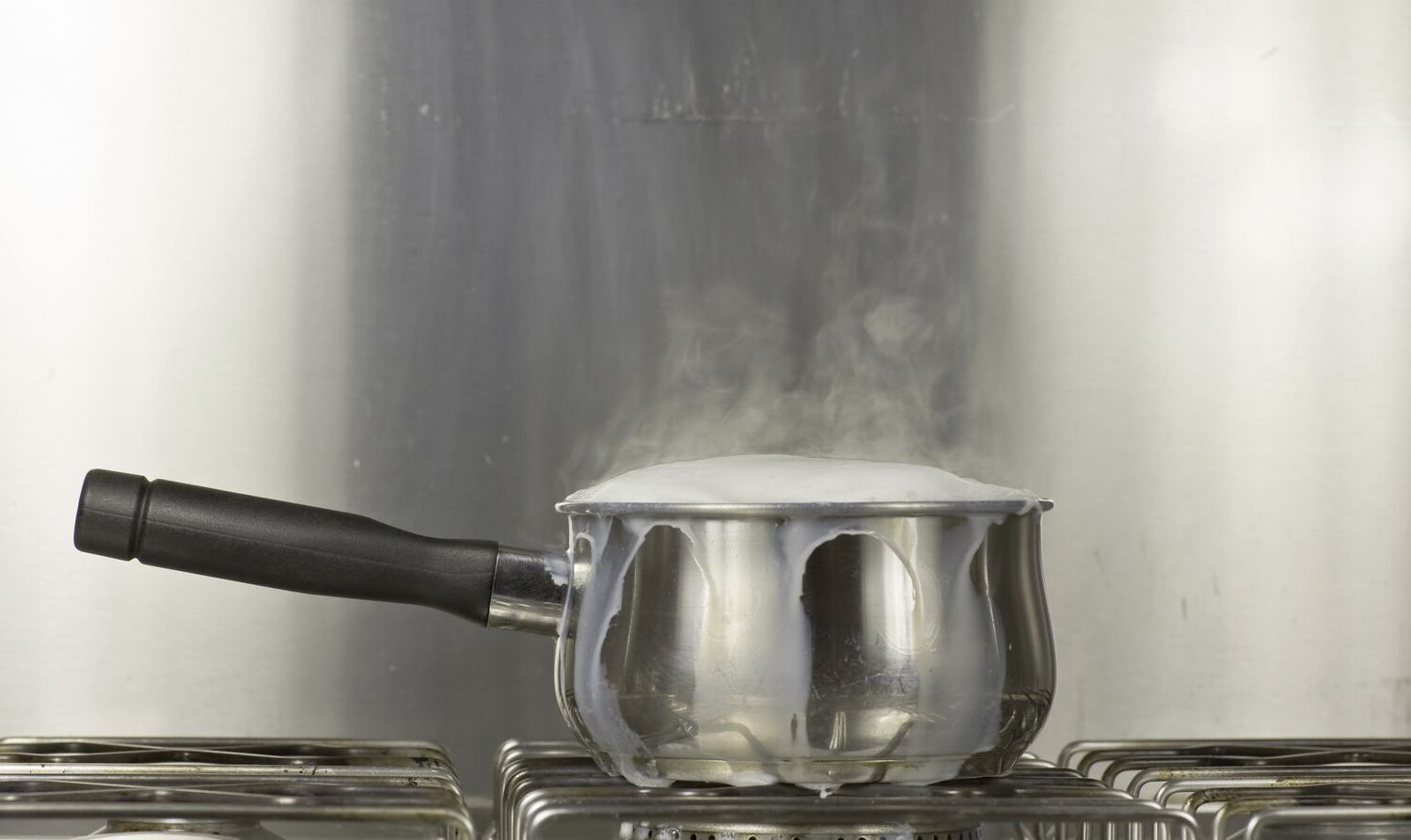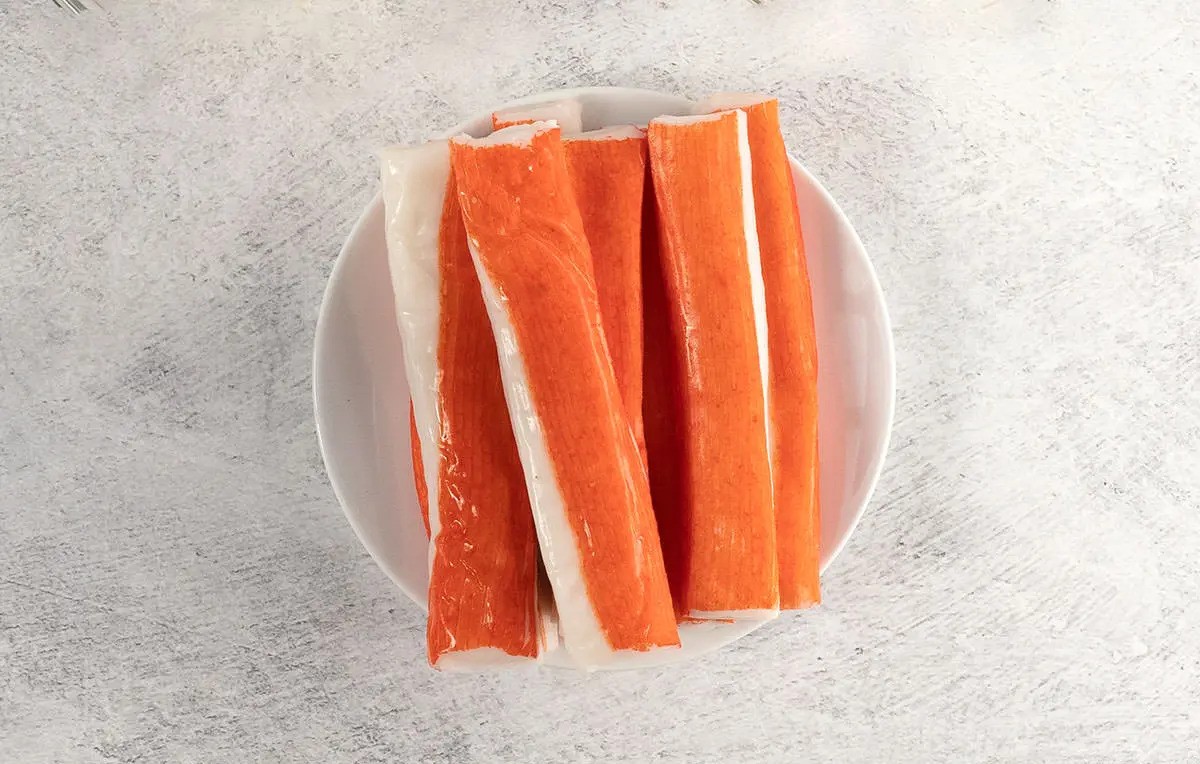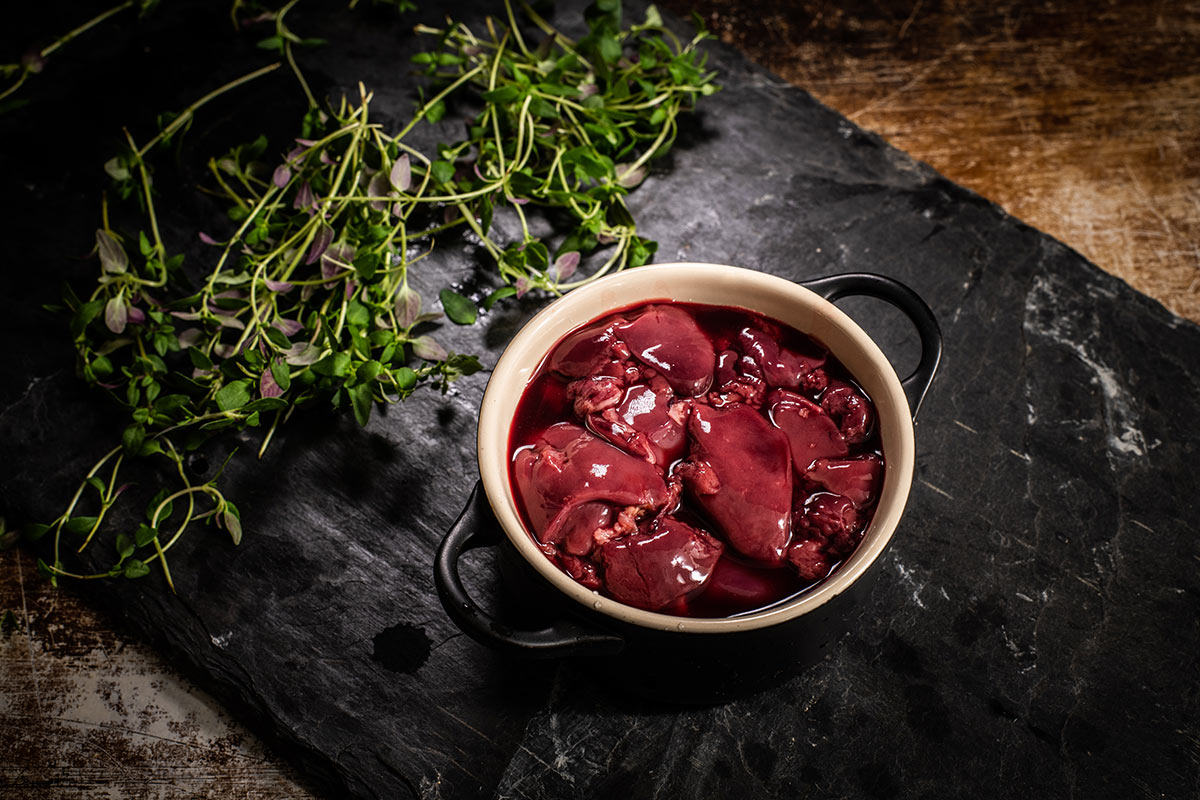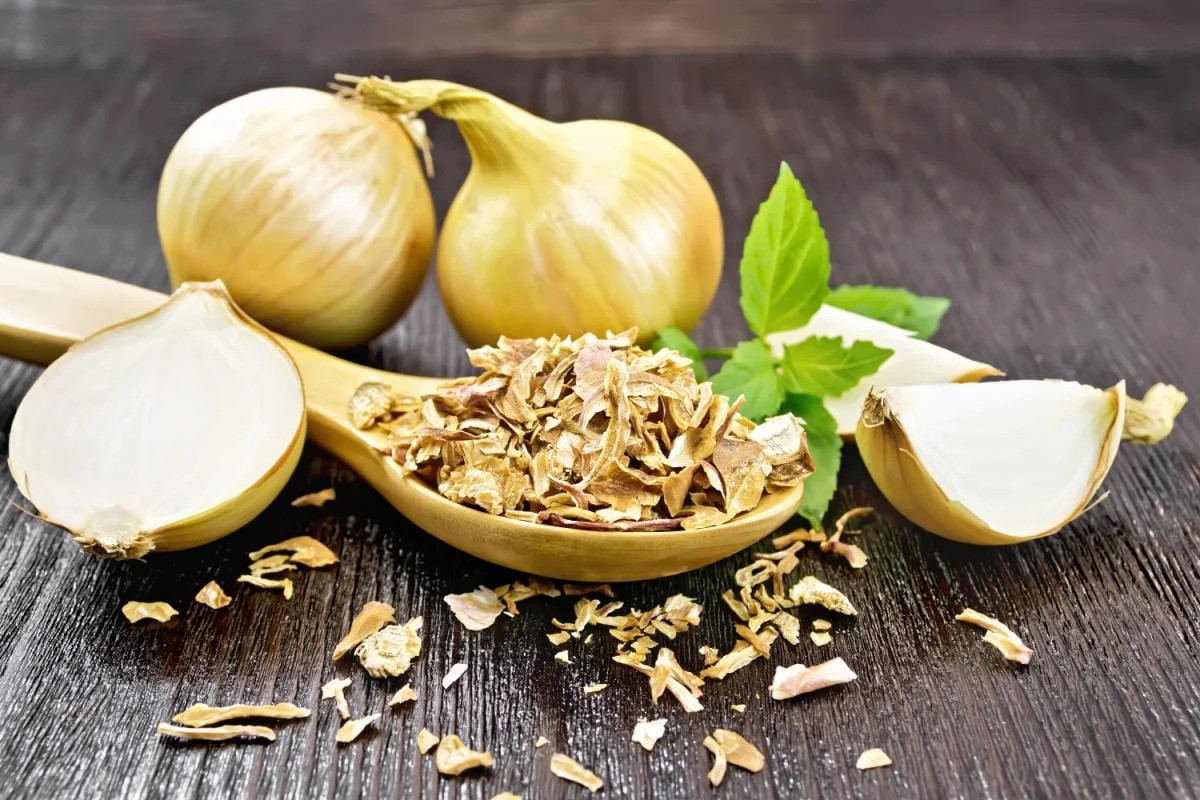Discovering the Delightful Hot Capicola Ham
When it comes to Italian cured meats, hot Capicola ham is a standout favorite. This delectable delicacy is a type of Italian dry-cured pork that is seasoned with a blend of spices and then aged to perfection. If you’re a fan of savory, spicy flavors, then hot Capicola ham is a must-try for your next charcuterie board or sandwich.
What Sets Hot Capicola Ham Apart?
Hot Capicola ham is known for its distinctive flavor profile, which is a result of the unique blend of spices used in its preparation. Typically, hot Capicola is seasoned with hot red pepper flakes, giving it a spicy kick that sets it apart from other cured meats. The pork is then dry-cured and aged, allowing the flavors to intensify and develop into a rich, complex taste that is sure to tantalize your taste buds.
How to Enjoy Hot Capicola Ham
There are countless ways to savor the deliciousness of hot Capicola ham. Here are a few ideas to get you started:
- Slice it thin and serve it on a charcuterie board with your favorite cheeses and accompaniments.
- Layer it on a crusty baguette with provolone cheese, lettuce, and tomato for a mouthwatering sandwich.
- Chop it up and add it to a homemade pizza for a spicy twist on a classic favorite.
- Pair it with fresh melon for a delightful sweet and savory flavor combination.
Where to Find Hot Capicola Ham
Hot Capicola ham can often be found at specialty delis, Italian markets, and gourmet food stores. Look for a reputable supplier that offers high-quality, authentic Italian cured meats for the best experience. You can also inquire with your local butcher or charcuterie shop to see if they carry hot Capicola ham.
In Conclusion
Hot Capicola ham is a true delight for anyone who appreciates bold, spicy flavors. Its unique seasoning and aging process result in a one-of-a-kind taste that is sure to elevate any dish it graces. Whether enjoyed on its own or as part of a culinary creation, hot Capicola ham is a must-have for any food enthusiast looking to explore the world of Italian cured meats.
So, the next time you’re looking to add a little heat to your charcuterie spread or sandwich, consider reaching for some hot Capicola ham and savoring the irresistible flavors of this beloved Italian classic.
Was this page helpful?
Read Next: What Is Jewish Rye Bread

